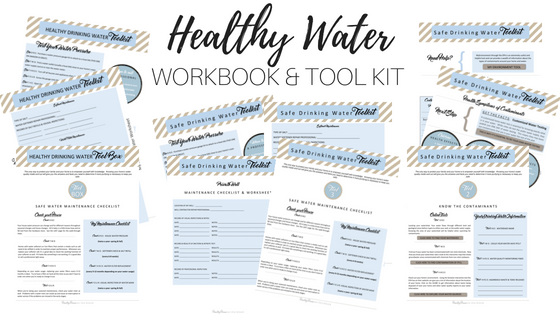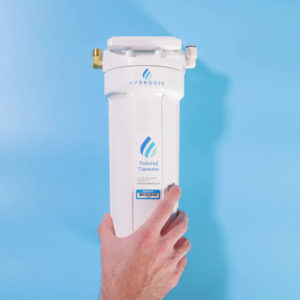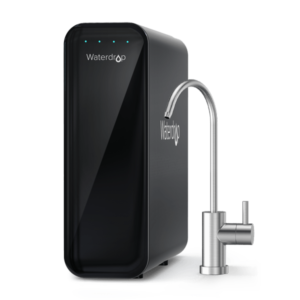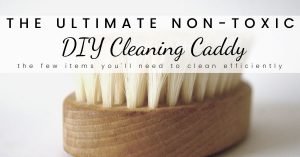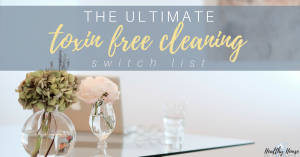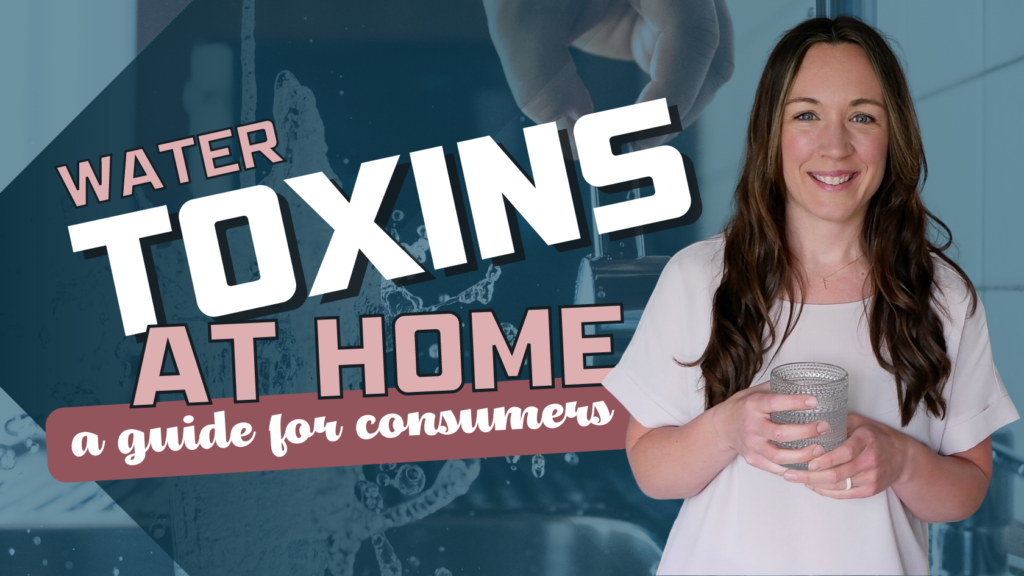
One of the most forgotten areas of a healthy house is the water we use. Contaminated water is a REAL thing, even in the United States. And water quality in the United States is often completely forgotten about as we leave our treatment up to cities and counties and trust the water is clean and safe.
But the truth is as homeowners and citizens, it’s our responsibility to double check and verify that we are in fact using water that isn’t harming our body. Most of us don’t even think twice about checking our water. But why would we? It looks clean and tastes fine, so it’s probably okay. We trust the cleaning agents that are added and feel confident our water is completely pure.
This, unfortunately, is a naïve way of viewing our water. Water is one of the most important parts of healthy living, so it’s imperative to make sure it’s completely safe and completely pure. Finding the best type of water filter for your family will give you peace of mind that you’re drinking the cleanest water.
Depending on where you live in the world, water can have different levels of risk. My family lives in the Twin Cities, and our water has a variety of natural contaminants. Mostly we see a lot of iron and hard water. However some areas also see high levels of chlorine from the city treatment facilities. Other areas near a lot of agricultural land and farm communities might have trace amounts of pesticides or other chemicals. The water that eventually comes out of our faucet has traveled underground and through aquifers before it arrives at the treatment plant or our home. This means that chemical contaminants like pesticides or improperly disposed of chemicals can leach into the water and travel for a great distance.
Our water quality deserves a little bit more attention when it comes to creating a healthy home to match our healthy lifestyle. But where do you even start? First, let’s look at some of the top contaminants that are affecting water within many homes around developed parts of the world. Then I’ll give you my fool-proof water filter plant to keep your water safe to drink, bathe and play in. You can also get my Healthy Water Toolkit to help you clean up your drinking water at home
Get free access to my Healthy Water Workbook and Toolkit.
Free instant download to learn how to assess and treat your drinking water at home.
TOXINS IN CONTAMINATED WATER
Lead: Lead is unable to be used by our bodies and therefore, it is absorbed and stored in our tissue, bones and teeth. Children absorb much more lead when ingested in comparison to adults and it can re-enter the bloodstream and circulate throughout the body instead of being detoxed (2010 ENVIRON HEALTH PERSPECT).
Lead exposure can result in some really awful health complications in children, including slowed growth, lower IQ, behavior problems, learning problems hyperactivity, anemia and hearing problems. If you’re pregnant, lead can cause premature birth and can reduce the growth of the fetus. And even in adults, lead exposure can lead to decreased kidney function, reproductive problems and increased blood pressure. (EPA INFORMATION)
Chlorine: Consuming drinking water with chlorine has been shown through multiple studies to increase the risk of bladder cancer. It has also been linked to breast cancer and bowel cancer. (STUDY) Other non cancerous effects of chlorine in water leads to irritation of the liver and intestinal tissue.
Another side effect of chlorinated water? Weakened teeth and increased tooth decay. The chlorine appears to corrode teeth due to the hydrochloric acid that is formed and can also cause inflammation to the lining of the mouth (STUDY)
Arsenic: Arsenic has recently been identified in several communities, and is often a result of improper disposal of waste. Arsenic in tap water has been linked to an increased risk of cancer and is a known carcinogen. It has also been linked to a rise in diabetes, neurological effects such as memory function and intellectual function, especially when exposure happens during childhood.
Arsenic in tap water has also been linked to cardiovascular disorders and diseases and has been shown to have an impact on pregnant women, causing preterm birth and increased risk of stillbirth. (HEALTH EFFECTS OF ARSENIC EXPOSURE, 2014)

Mercury: Mercury is another toxin that should be tested for in tap water as it is a naturally occurring metal that comes from soil and rock. It can also come from various sources of waste, like burning of fossil fuels and medical waste (NCPH 2009)
Mercury is most closely associated with neurological and behavioral disorders. It has also been linked to tremors, insomnia, memory loss, headaches and issues with the immune system, lungs and kidneys. It’s a serious toxin that is very poisonous to the body and should be filtered out immediately. (WHO)
Radon or Radioactive Substances: Normally, radon is tested for in the air within our homes, but radon can also be in our water sources. The same concern for lung damage applies when there is radon in our drinking water as it gets into the air through evaporation when water is used at home.
Radon in drinking water can also lead to an increased risk of stomach cancer as the toxin is ingested as well as inhaled. (EPA) It has also been linked to bladder cancer when ingested.
Nitrates: Nitrates can be found in groundwater, especially in areas with a lot of agricultural activity. Nitrates in water can be deadly for infants under six months old as it binds to the hemoglobin in their blood, restricting the amount of oxygen in their blood. It has also been linked to birth defects when ingested by pregnant mothers.
Nitrates have been linked to different types of cancers that affect the stomach and gastrointestinal tract. (ENVIRON RES PUBLIC HEALTH 2018)
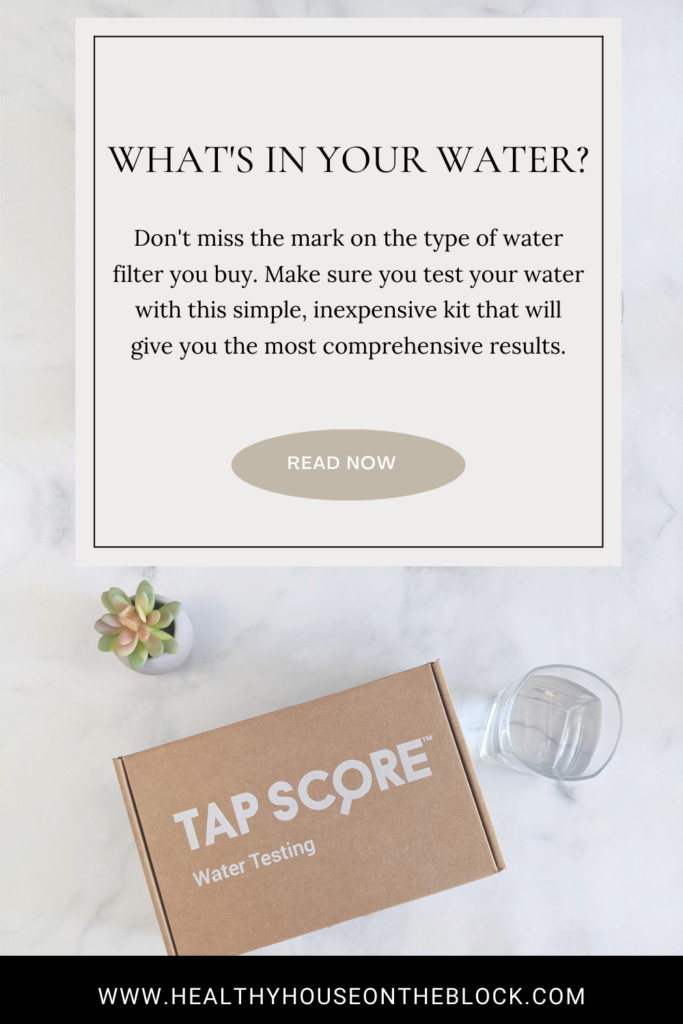
WATER TESTING IS A NECESSITY
As painful as it may be to know what’s really in your water, I think this is the BEST way to start when you’re looking to get a filtration system for your home.
The biggest reason you want this knowledge on your side is because it will help you determine WHICH filter is going to work the best to remove contaminants from your water. Areas of the country can vary drastically when it comes to tap water. If you live in an area with a lot of agriculture and farms, you have a higher risk of pesticide contaminants and nitrates, which will be filtered out differently in comparison to high levels of chlorine byproducts often found in urban areas.
When you’re trying to figure out which filter is going to work best for your house and for your family’s needs, it’s essential to know what you need to filter out of the water and if you’ll need a whole house filter system or if you can get a point of use system just for your cooking and drinking water.
And really, the BIGGEST reason you should have your water tested completely is because it’s extremely important to know if you’ve been exposed to toxins that you need to seek medical help to detox from. Lead in water, especially for kids is a SERIOUS because this type of toxin builds up in their systems and can lead to long term health risks. The problem with ingesting toxins is that they’re taking a one way trip directly to your bloodstream, and on the way affecting your gut and other systems.
Having your water tested at home is vital to your health and wellness and TapScore is who I recommend to all my clients.

WATER CONTAMINANTS CAN COME FROM INSIDE YOUR HOME TOO
So often we think that the way our water becomes contaminated is well before it travels to our home. But the truth is that our piping material, our water heater health, faucets and the solder used to connect our pipes can ALL contain toxins that leach into water.
And while so many people get a whole house filter and just call it a day, it’s so important to also have a drinking water filter that’s a point of use filter. This specific filter will help remove anything from your water that has been leached from inside your home.
Water heaters that aren’t kept up to the standard 120 degrees can begin to grow bacteria that can then travel throughout your home and your fixtures. Most faucets contain traces amounts of lead that can leach into the water that comes out of that faucet, which is a toxin we want to avoid as much as we can.
Piping material such as PEX can contain plastic toxins that can leach into hot water that is run through the pipes, however this appears to drop off after a period of time. This post contains information all about what type of piping is the healthiest for your home.
Faucets are another place that lead is actually allowed to be, even with current regulations and standards. Not all faucets are 100% lead free and those trace amounts that are allowed in the faucet can be leaching into your water. IN this case you’d want a countertop or pitcher filter to reduce lead exposure AFTER the faucet.
And finally, if you have copper pipes in your home, they are most likely soldered together with, well, solder. Older solder (and even some new imported solder), can contain lead toxins, which could then leach into your water supply. Copper piping is often lines that run directly to your fixtures and faucets, meaning this is an area for concern. Make sure you use a point of use filter if you do have copper pipes that were installed prior to 1986.
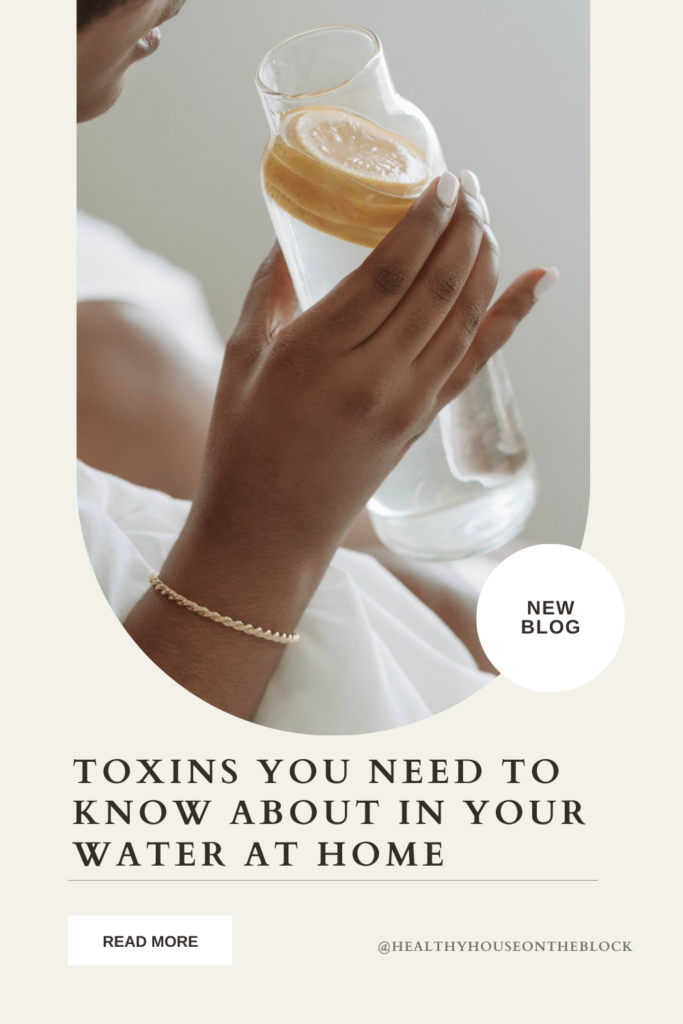
ANY WATER FILTER IS BETTER THAN NOTHING:
I know that water filter systems are an investment for most families. But honestly, you don’t have to drop a fortune on a filter right now if you don’t have the means to do so.
ANY filter is better than no filter. Even a pitcher filter is going to do more than having no filter at all. But when you’re ready to add a water filter to your health home, here are the ones I recommend:
Hydroviv: This innovative company has worked hard to create filters that not only remove chemicals like chlorine and lead, but that also work to remove PFAS, arsenic and other synthetic chemicals that end up in our water.
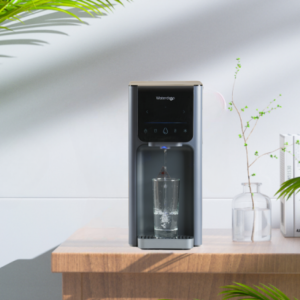
Waterdrop A1 RO System: This is perfect for an apartment, an RV or when you’re not ready to deal with installing a system in your home.
Waterdrop Ultrafiltration System: This under sink water filter system will decrease chlorine and effectively absorb lead, chloramine, fluoride, heavy metals, VOCs and much more. Because the filter uses KDF media, it is also efficient at removing Mercury.
Water is such an important part of our daily life and our health and wellness. It can really either contribute to your health or work against it. Make water a health priority in your home and your future self will thank you.

